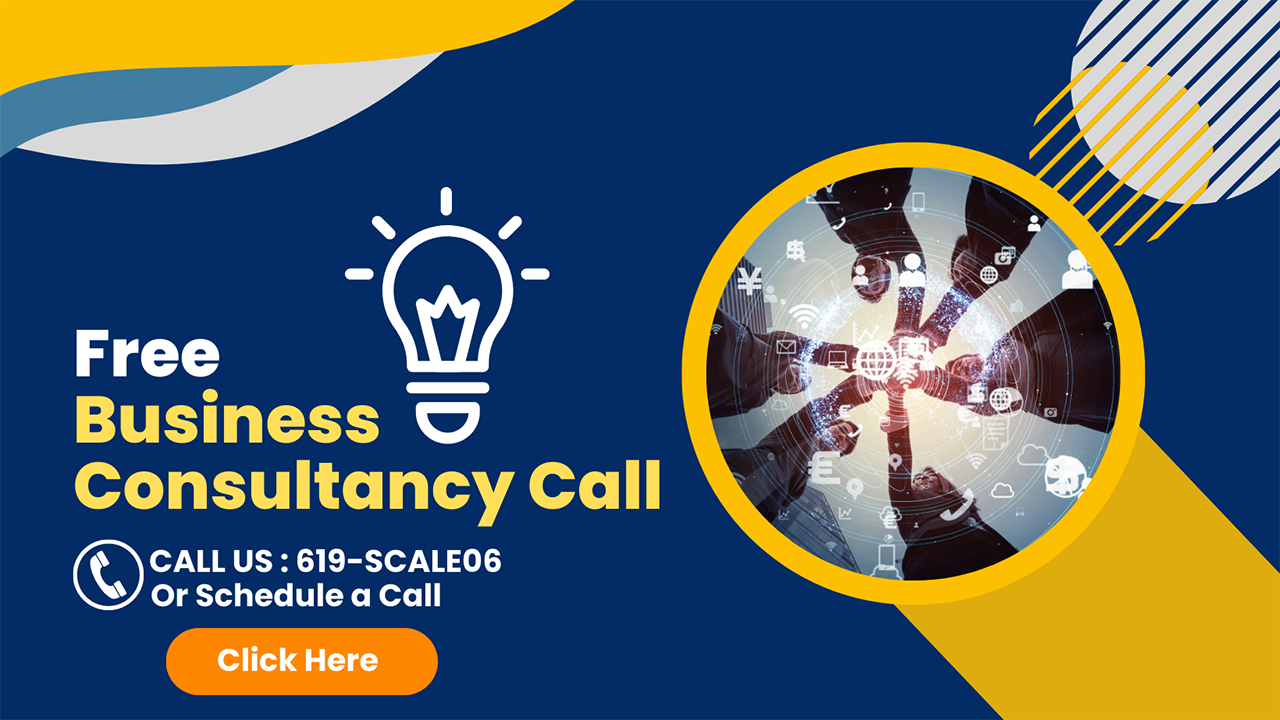How Do You Grow a Company To $100 Million?
“Your work is going to fill a large part of your life, and the only way to be truly satisfied is to do what you believe is great work. And the only way to do great work is to love what you do.” – Steve Jobs
Launching a startup company is an ambitious endeavor that involves a multitude of challenges and decisions. While there’s no one-size-fits-all formula for success, certain principles can serve as guiding lights on this complex journey. Let’s delve into these stages while keeping growth and scaling as our ultimate goals.
“The road to success and the road to failure are almost exactly the same.” – Colin R. Davis
The startup journey is marked by distinct phases, each demanding a unique skill set and approach. These phases can be categorized as Raw Startup, Early Revenue, and Established. Raw Startup involves shaping initial ideas, often incubated in a home office or garage, with minimal expenses. During this phase, you invest time in planning, market research, customer analysis, and product definition. It might also involve securing funding to bring your concept to life.
“If you are not willing to risk the usual, you will have to settle for the ordinary.” – Jim Rohn
Transitioning to the Early Revenue phase, you have a product or service ready for market. Even if this offering isn’t the final version, it generates cash flow, building relationships with customers and creating stepping stones toward the ultimate product.
“Success is not the key to happiness. Happiness is the key to success. If you love what you are doing, you will be successful.” – Albert Schweitzer
Established signifies a company with customers and revenue, inching closer to truly comprehending the market. This understanding is gained through firsthand experience and continuous customer feedback on an actual product. Until this point, everything is theoretical, relying on assumptions and projections.
“The greatest barrier to success is the fear of failure.” – Sven Goran Eriksson
Real-world insights can be startling. People’s purchasing behavior often contradicts their intentions. An experiment revealed that 70% of individuals didn’t purchase what they had initially stated they would. This stark divergence highlights the importance of tangible customer transactions and the value of paying customers over mere praise.
“The only way to do great work is to love what you do.” – Steve Jobs
The journey of a Raw Startup begins with essential preliminary steps. These steps unfold while you operate from your home, meticulously crafting the business plan. During this phase, frugality is your ally as you strive to become well-versed in your business, product, and market dynamics. This comprehension is fundamental and can’t be outsourced.
Step 1 – Idea: Generating a viable idea is a fundamental yet challenging aspect. The rapidly evolving technological landscape constantly unveils fresh opportunities. The idea must solve a pressing problem remarkably well, either by being significantly cheaper or more effective than existing solutions. This better-faster-cheaper strategy is particularly effective in technology-oriented ventures. Alternatively, a paradigm-shifting product demands substantial resources and a wide competitive edge, making it a more capital-intensive route.
Step 2 – Team: Assembling a proficient team is paramount. A team must tackle the critical risks, aligning with the company’s growth phase. It’s crucial to recognize that a VP of Sales from a large corporation might not fit the startup environment. The nature of startups often deters seasoned professionals due to the inherent risks. Building a virtual team is advisable, drawing on experts who can contribute within a limited timeframe.
Step 3 – Market Research: Immersing yourself in extensive market research and direct interactions with potential customers is vital. Devote substantial time to this phase to ensure a solid understanding. At this point, when the burn rate is low, you have the luxury to interact extensively. C-Level Enterprises provides a model where service products complement product development, minimizing expenses while gaining valuable insights. Constructing a comprehensive customer brochure and seeking feedback from potential customers enhances your offerings.

Growth & Scaling Workshop Series for $1M+ Company CEOs – Learn How the Top 5% of Entrepreneurs Succeed at Influencing $10M, $50M and $100M+ When Only 1 in 400 Companies Reaches $10M in Sales, and 1 in 6,300 Reach $100M
Step 4 – Develop Your Business Plan: Crafting a compelling business plan involves articulating the Unique Selling Proposition and outlining the path to break even. This phase requires collaboration from experts spanning various business disciplines. Their insights are invaluable in shaping a robust strategy.
Step 5 – Your Funding Plan: In the current landscape of scarce early-stage funding, a prudent funding strategy is essential. Construct a plan that minimizes expenses while achieving the milestones required for break even. This simple financial model is a tool for dynamic decision-making as new data emerges. While accounting expertise might be necessary later, early-stage efforts should focus on cash flow projections. Even angel investors now emphasize breakeven cash flow within a year, avoiding the pitfalls of excessive venture capital dilution.
“If you’re not embarrassed by the first version of your product, you’ve launched too late.” – Reid Hoffman
At this juncture, the path diverges based on the capital and time required for product development:
Step 6 – Prove You Can Sell It: This stage hinges on developing an 80% solution that caters to a focused niche. Honesty about potential risks and delivery timelines is pivotal. Acquiring purchase orders or payments solidifies market demand and serves as the ultimate proof of concept.
With these steps, you’re positioned to embark on the next phase, potentially involving higher expenses. Scaling strategies vary, from diversifying product portfolios to entering larger markets or executing acquisitions.
“The secret to successful hiring is this: look for the people who want to change the world.” – Marc Benioff
The truth is, the startup journey is a tapestry of numerous intricate steps. Although this article provides a roadmap, executing these steps requires dedication, learning, and adaptability. Your journey will be uniquely yours, fueled by your vision and determination.
“The only limit to our realization of tomorrow will be our doubts of today.” – Franklin D. Roosevelt
In closing, launching a startup involves navigating distinct stages, each demanding distinct skills and strategies. The quest for growth and scaling is relentless, calling for ongoing learning and innovation. Despite the challenges, the journey is a thrilling one, brimming with opportunities to innovate and create meaningful change. As you tread this entrepreneurial path, remember that success isn’t just reaching a destination; it’s embracing the journey with fervor, resilience, and a willingness to learn from every twist and turn.
Bob Norton is a long-time Serial Entrepreneur, CEO and investor who founded six companies with four exits that returned over $1 billion to investors for a 25X ROI. Two others are still in development. He has trained, consulted and advised thousands of Entrepreneurs, CEOs and boards since 2002. Mr. Norton works with companies to 2X to 10X growth rates and valuation using AirTight Management™, the world’s most comprehensive Leadership Operating System. He also helps companies raise capital to fund growth. He is also the Founder of The CEO Boot Camp™ and Entrepreneurship University™ for early-stage companies that have not reached product-market fit and $1M ARR.
What can we help you with today? Scaling, training, consulting, coaching?
Call (619) SCALE06 or (619) 722-5306 9am-6pm CT
Or Schedule a free 30-minute strategy session by clicking here.


